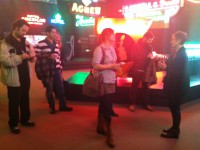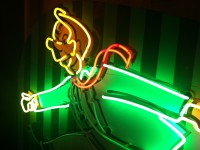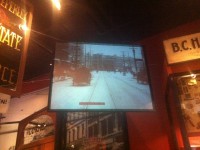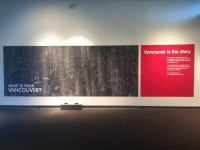Publicity and the museum
Brown, Michael F. (2009) Exhibiting Indigenous Heritage in the Age of Cultural Property. In Whose Culture? In J.Cuno (Ed.) The Promise of Museums and the Debate over Antiquities (pp. 145-164). Princeton: Princeton University Press.
I align myself with most of Brown’s positions in this essay. In particular, Brown remarks that vested interest or conflicts can exist within native communities themselves or across different native communities whose artefacts are represented in a single exhibition event. It is always useful to remind oneself that human nature is human nature is human nature…and that it exists in every group (p. 158). Conversely, power differentials can only be resolved when they are negotiated through relationships and robust communication, where each side is permitted to push back. It has been a great achievement that this is now possible than it ever was in the Western world in the context of museum curation, discourse and ethics. But in the nitty gritty of the everyday, it is important not to forget that in each institution, it is the people (and their ability to listen to each other) that enable boundaries and rights to be negotiated. Very big museum institutions are often bureaucracy-heavy and this can often impede the process. For this reason, I think that the best strategy to ensure balanced views and an equilibrium of power is to have smaller “community-based” museums (shall we say ecomuseums?) forming constellations with larger ones. And if controversy should arise on the political correctness of an exhibit, then it is useful not to forget that whether it’s good publicity or bad publicity, it’s publicity (or as we say in journalism, “any press is good press”)…for after all, the 19th century definition of publicity was the exposure of political domination before public reasoning through organs of free speech such as the press. Or to put it simply, publicity is what makes the public talk to negotiate power differentials.

 I just came home from an excellent workshop at the Smithsonian’s National Museum of Natural History called “
I just came home from an excellent workshop at the Smithsonian’s National Museum of Natural History called “










